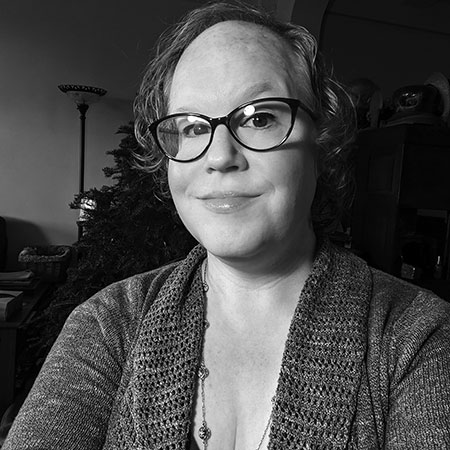A call for adding inclusion and justice to the IES awards criteriaBy Alana Shepherd
At the beginning of every year, designers around the world look back at their body of work from the previous year and choose their best work to submit for the IES Illumination Awards. A panel of judges sifts through hundreds of entries to determine the best of the best. But how do we define what is best? Over the last several years, the criteria for good lighting have grown beyond beauty and function to include environmental factors such as energy performance and light pollution. Is it time we allowed the definition of good light to grow once more?
In the last two years, the pandemic and the cultural reckoning that occurred following George Floyd’s murder have caused us to take a hard look at our work environments and redefine what we consider healthy and successful. What if we took that same lens and applied it to the product of our work as well as the soil from which it springs?
Illumination Award submissions are judged by three main criteria: the complexity of the problem, the lighting design concept, and the execution or solution of the design. Within the concept and solution criteria, specific emphasis is placed on how well the design is integrated into the architectural environment, and consideration is given for energy efficiency and, in the case of exterior projects, the impact on the night sky. No mechanism exists for judging how well a project fits into its cultural context. Does it benefit or represent its surrounding community in any way? Does it honor or serve underrepresented people? Can it be accessed, utilized or enjoyed by everybody? Does the project correct an injustice of some kind?
We can apply these four questions to past Illumination Award winners to help determine whether such revisions are necessary. Over the past five years, 64 projects have received Awards of Distinction, Awards of Excellence or Special Citations. Hundreds more have earned Awards of Merit and/or Section Awards, but for the sake of efficiency we will focus on the top awards. Based on available information, 13 honored or served their communities in some way, two benefited or recognized underrepresented people, 17 were truly accessible to all, and exactly one project corrected a hostile lighting environment in an underserved area, though the result was arguably a collateral effect of striving for a more energy-efficient lighting scheme.
The vast majority of projects were commercial in nature: designs developed for the exclusive benefit of owners and their clients and customers. Among those, most were aimed at luxury (or ultra-luxury) markets. That may be what pays the bills, but should it be what we celebrate? Oftentimes, the worthiest projects get overlooked: the community center in the disadvantaged neighborhood; the school for neurodivergent kids. No famous architects are involved, the materials and finishes are chosen for budget over beauty, and the lighting approach puts as much weight on function as it does form. But the same can be said for many projects that face daunting energy and environmental challenges. Those get recognition, however, because it is built into the scoring system.
With the creation of the IES Diversity, Equity, Inclusion and Respect (DEIR) Committee in 2020, the structures are in place to thoroughly assess current adjudication practices and devise revisions that would allow socially responsible projects to get recognized. From an outsider’s perspective, there appear to be at least two clear actions that can be implemented. Perhaps the easiest would be to dedicate a Citation Award to a project that serves its community or an underrepresented group, or sets right a lighting injustice. This only recognizes one project, and does not do much to change our view of what constitutes responsible lighting.
A more effective approach would be to revise the judging standards. Just as there is a dedicated scoring criterion for the integration of lighting into the architecture and landscape, there could be a section for integration into the community or cultural landscape. And just the positive (or minimally negative) impacts on energy usage and the environment, so too could be the impact on underrepresented or oppressed people. This approach would push all projects toward a more equitable lighting environment, at least from the perspective of what we as experts consider good lighting.
As with the tectonic shifts this industry has seen in energy management and, to a lesser extent, environmental impact, real change is driven by incentivization/certification programs such as LEED and WELL, and through legislation, regulation and direct cooperation with state and local governments. Several programs such as the Chicago Smart Lighting Program (LD+A, June 2021) have had success along these lines, but such efforts usually operate on a glacial timescale. It is also the stick approach. Changing the way we reward our own work is the carrot.


